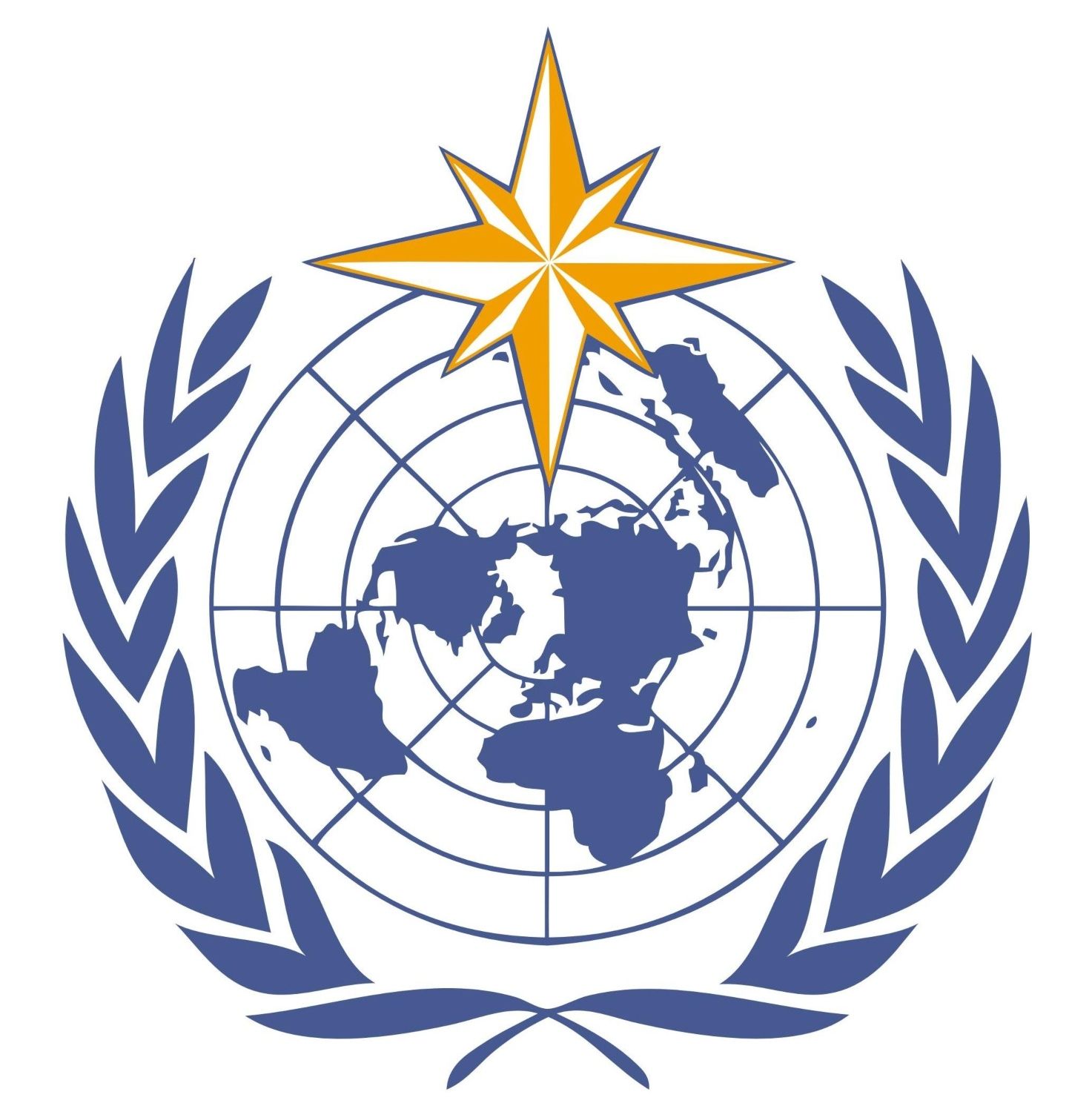0. Develop and implement a temporal and spatial high-resolution short-term forecasting model for renewable energy power plants (Wind speed, wind power, solar power, hydropower, etc.), using machine learning and big data technologies. A successful collaboration in this project will end up developing a world-wide applicable product that could be applied by the WMO in any renewable energy (wind and/or solar) power plants (after calibration), especially in developing countries to help them having a more precise forecasting and better management on the generated amount of green electricity in a short-term (hours to days ahead). Currently most of the small to medium size Transmission System Operators are using Numerical Weather Prediction (NWP) data to provide such prediction to state governments, which in some cases are not accurate enough to address the needs.
1. Development and implementation of high-resolution wind and solar forecasting models forpower plants using data-driven models with different sources of data (observational, simulated, radar, satellite, etc.). The WMO has already started to develop a high-resolution wind speed forecasting model in Costa Rica to address dispatching problem. The model will also support the operation and planning in the power plant. The WMO would like to apply the same approach for solar power plants. Data will be available through WMO regional projects in south America: ENANDES (in close collaboration with Chilean and Colombian Meteorological services) and in Souther Africa: FOCUS-AFRICA project (in close collaboration with Southern African Weather Services)
2. Land surface temperature analysis and prediction using satellite data. This is a research-based topic that will be developed through WMO regional project in South America: ENANDES, in close collaboration with the WMO, NASA POWER web services team, Chilean ministry of energy and Meteorological services.
3. Development of climate risk indices for wind/ solar resources using reanalysis and projection data. The WMO has already developed hydro climate indices and would like to complete their Global Energy Resilience Atlas by adding climate risks for other sources of renewable energies. Student will work closely with WMO and World Energy and Meteorology Council (WEMC). The final product is an extension of the “Tealtool.earth”.
4. Development and implementation of weather- and climate-based products for the energy sector based on satellite and remote sensing data. The student will closely work with the WMO, NASA POWER web services team, and selected counties around the globe.
5. Develop and implementation of weather and climate hazards Early Warning Systems for power plants and energy sector. The student will closely work with the WMO, China Meteorological Administration (CMA) and Hong Kong Observatory (HKO) and Meteorological services of selected countries.

